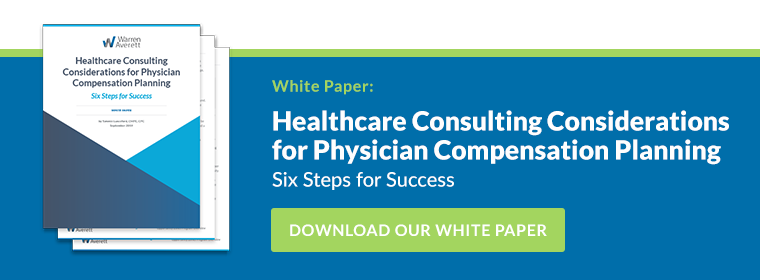Healthcare Consulting Recommendations for Improving Medical Practice Profitability By Cutting Costs

Unfortunately, many physicians are working harder at improving their medical practices, but they aren’t reaping the rewards. There are proven healthcare consulting strategies to use in order to cut expenses wisely.
Healthcare Consulting Recommendations for Cutting Costs in Medical Practices
We want to provide you with specific, actionable ideas. While the thought may seem daunting, there are a few simple steps to help you identify areas in which to cut costs for your medical practice.
Eliminate Nonessential Goods and Services
First, eliminate the use of some goods or services you may be using. For this, utilize the sunset mentality in which you ask yourself, “What will happen if we go without this good or service?” Every item on your balance sheet should be a candidate for consideration. You might even consider utilizing Medical Group Management Association (MGMA) data for comparison purposes.
Price Shop for Your Items
Another way to identify savings on goods or services is to simply price shop. Shop for a different brand or provider, and try to avoid the we’ve-always-bought-there mentality. Consider taking your top 20% of medical and office items and getting competitive bids to identify potential savings. Consider a Group Purchasing Organization (GPO); you can often team up with cutting-edge vendors by participating in a contractual agreement through the GPO.
Negotiate with Your Vendors and Engage a Healthcare Consultant
Many people feel uncomfortable negotiating a lower price, but it’s well worth it for the potential savings. Ask your preferred vendors to match the lowest bid you received. Many times, it’s in their best interest to lower the price in order to keep you as a client. If you ask your vendors how you can reduce your costs, they can usually give you a few suggestions to consider. If you’re just not comfortable talking to vendors about this, get an outside healthcare advisor or consultant to assist. The one-time fee you’ll pay a healthcare consultant is well worth the savings you’ll receive.
Reduce Paper Use
Look at paper processes; can you change a fax to an electronic fax? You can save in expenses associated with paper, ink and use of the copier. Are you using your electronic medical record (EMR) to its fullest capacity to reduce paper processes? Consider a document management package to route documents within the EMR to reduce printing on paper.
Reduce Administrative Space
Reducing administrative space within the office, such as physicians’ offices, can offer more space and opportunities to provide additional services to increase revenue. Many physicians do not rely upon the use of a private office space if they utilize the EMR. If you have three or four offices, convert one to a private physician lounge as opposed to a private space to work.
Evaluate Staff Costs and Benefit Options
Last but not least, do not overlook the biggest item in the budget: staff costs. The first thing you should do is to compare salaries to available benchmarking data to ensure you are offering competitive salaries that are in line with other practices. Next, take a peek at any overtime expenses and decide if it’s something you can lower or even eliminate. There is also some benefit to converting sick/vacation days to Personal Time Off (PTO) since more employees would plan ahead for their days off and only call in sick at the last minute when it’s truly necessary, which could save you money and last minute frustration. And, you would actually lower the number of PTO days (e.g., offer 10 PTO days total instead of 10 vacation and 5 sick days). It’s also worth the time to look at your part-time staffing situation. Would there be any savings in hiring more part-time staff to save on benefit costs? The benefit package for a full-time employee can cost an employer up to 40% of the total compensation, depending on the benefit package.
Consider changes to the group health and dental plans; healthcare cost has consistently risen over the last several years. Employers offering a group plan should set a flat rate in which they award a benefit toward the monthly premium. If the rates go up, the employee should incur the additional costs as opposed to the employer. Employers should offer a dual eligible policy to assure affordable options to the staff. Many brokers offer a high-deductible plan with gap insurance to provide affordable coverage and reduce costs to the employee.
Moving forward with Cutting Costs for Medical Practices
These are just a few practical ideas to cut costs in an effort to increase your medical practice’s profitability. In addition to cutting costs, there are also some steps you can take to improve your practice’s profitability by increasing revenue, which we have outlined in this article.
Warren Averett’s Healthcare Consulting Group has experience helping over 500 medical practices operate more efficiently and profitably. Contact a Warren Averett Healthcare advisor for more information about improving practice profitability.

